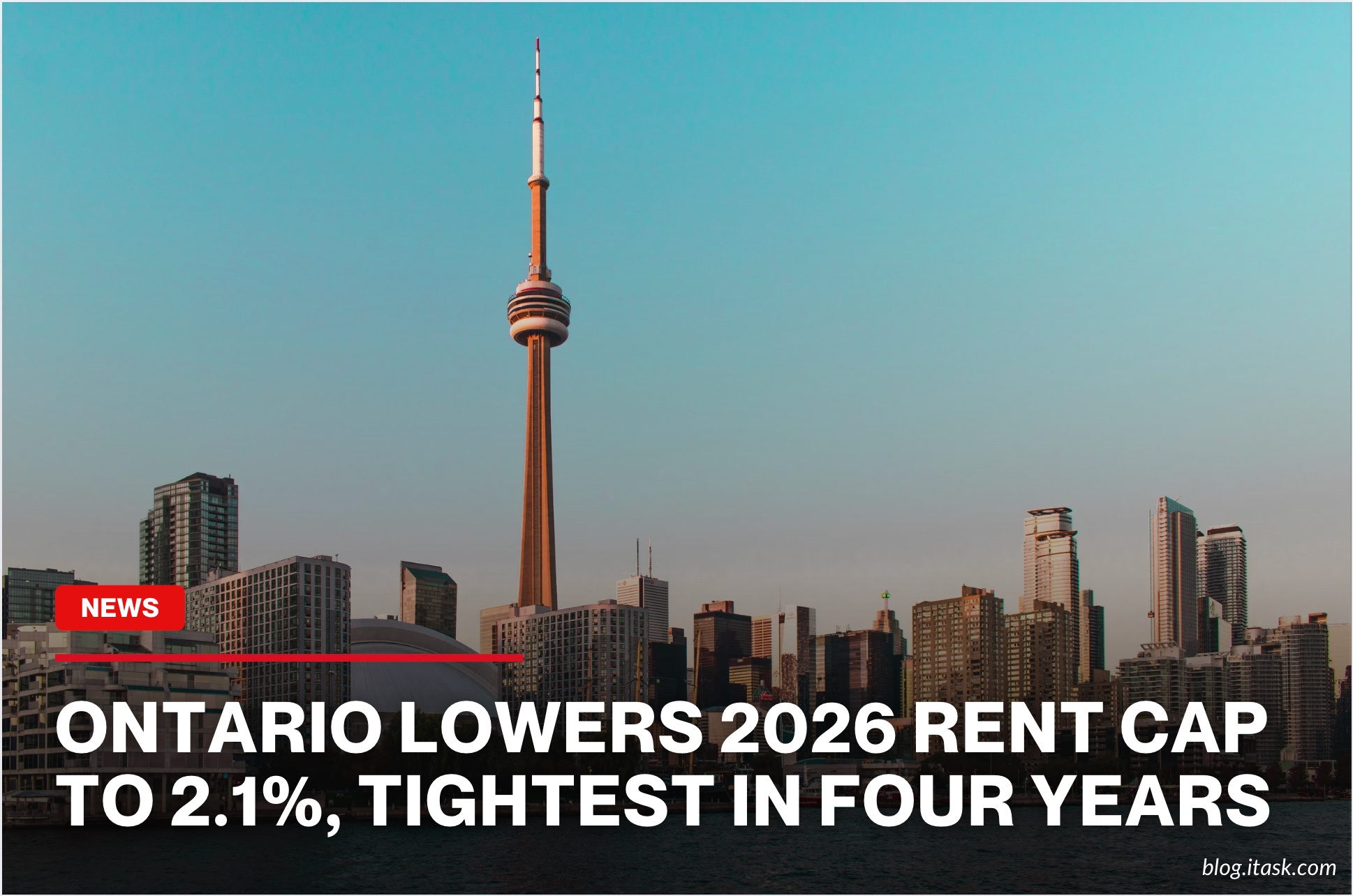Ontario Lowers 2026 Rent Cap To 2.1%, Tightest In Four Years
Ontario Lowers 2026 Rent Cap To 2.1%, Tightest In Four Years

Ontario’s government has set the maximum allowable rent increase for 2026 at 2.1 per cent. That is the smallest increase allowed in four years, showing a strong move to help keep costs manageable for renters across the province.
For the previous three years, 2023, 2024, and 2025, the cap was held steady at 2.5 per cent. Dropping it down to 2.1 per cent offers renters a modest but meaningful break amid wider economic worries.
This rule affects roughly 1.4 million households covered under Ontario’s Residential Tenancies Act. It includes most long-standing rental units such as houses, apartments, condos, and basement units that were occupied before November 15, 2018. It does not apply to newer units first rented after that date, nor to vacant units, community housing, long-term care homes, or commercial properties.
The limit is based on Ontario’s Consumer Price Index, which tracks inflation in the province. Setting rent increases according to inflation aims to balance fairness for tenants and predictability for landlords.
Landlords cannot raise rent automatically; they must give tenants 90 days’ written notice using the right form. Tenants who are struggling to pay rent can seek help from local housing support services.
By introducing the 2.1 per cent cap, Ontario’s government says it is showing that it cares about protecting renters and keeping living costs in check, particularly as people face economic uncertainty. It also reflects the government’s ongoing effort to keep shelter more affordable.
